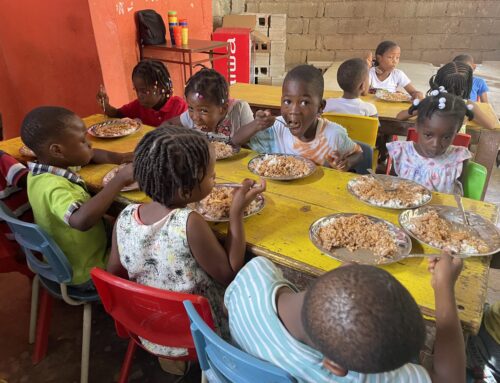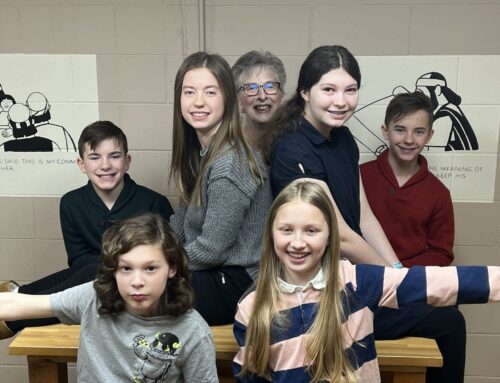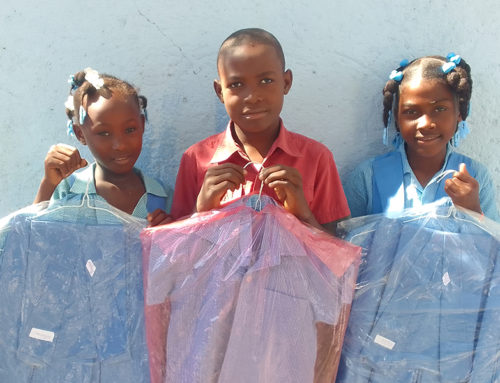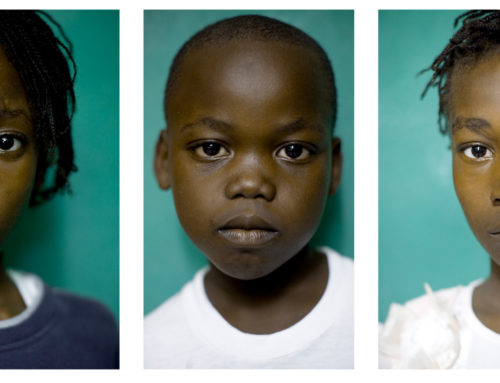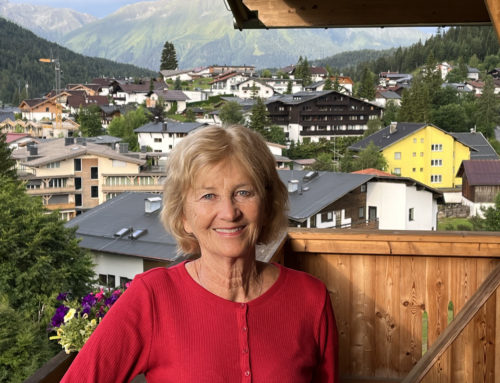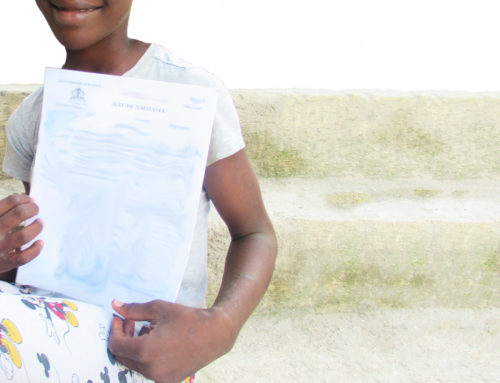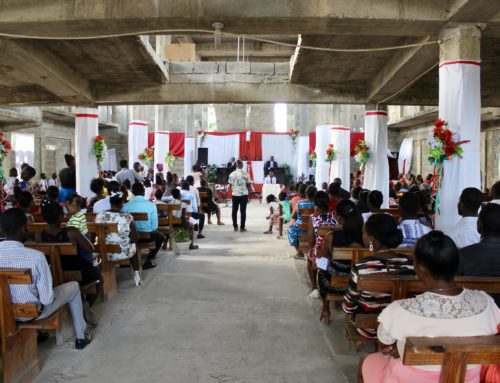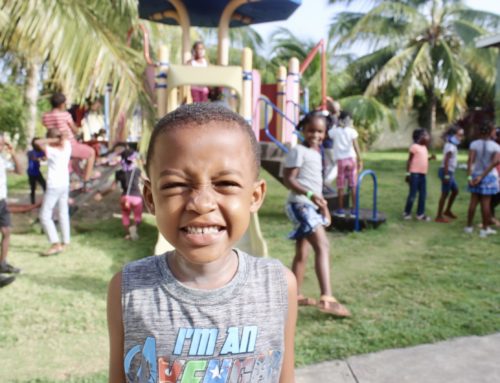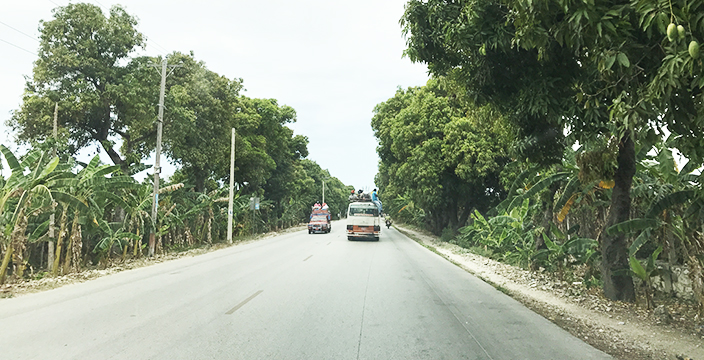
Haiti is a country of vast topography, rich culture and a tremendously difficult history. It is a country filled with beauty and plagued with hardship. For many of its children, their future includes a dark cycle of modern-day slavery, known as restavek. Restavek Freedom works with Haitian communities and their leaders to effect permanent change and create a different future for its children. Through activities including child advocacy, justice curriculum training, regional outreach and leadership training, our work is dedicated to ending child slavery in Haiti. Here are 4 things you (maybe) didn’t know about Haiti:
The French Revolt
Rich in resources, Haiti became an enviable country to the colonists coming from Europe in the 1600s and 1700s. France controlled the western portion of Hispaniola, today known as Haiti, and imported thousands of slaves from Africa to work the coffee and sugar plantations. In 1791, former Haitian slave Toussaint L’Ouverture led hundreds of thousands of Haitian slaves in a revolt against the French colonialists. For fourteen years the Haitian people fought to establish the individual freedoms of its people. It became the most successful slave revolt in history, not only ending slavery in Haiti, but also establishing its independence as a country in the process.
Tourism Industry
Roughly the size of the state of Massachusetts, Haiti has the second-longest coastline in the Caribbean, after Cuba. It runs 1,100 miles, and more than 70% of the beaches remain untouched by developers. It’s also the most mountainous country in the Caribbean, and tourism was starting to pick back up after the 2010 earthquake when Hurricane Matthew devastated the island in 2016. Tourism remains one of the largest industries in the country, which sees most of its visitors via cruise ships. As the country attempts to secure tourism interest outside of the cruise ports, it’s important for travelers to be aware of how and where they spend their money. While the beaches, mountains, waterfalls and culture can be explored, it’s essential that it is not done at the expense of the impoverished nation or of children in slavery.
Dual Religions
During the colonial settlements, Catholicism was introduced to the Hispaniola natives and African slaves. As the country gained its independence from the French, Catholicism stayed as the official religion of Haiti. Eventually, the widely-practiced voodoo religion was named as another official religion of the country. The majority of Haitians believe in and practice elements of voodoo along with either Protestant or Catholic Christianity, as it is believed that the combination of religions can coexist. Voodoo is woven into the religious practices throughout the country, and its dark strings are especially tied tight into hearts. Children in slavery need to know hope, and the Restavek Freedom, 12-week Justice Curriculum weaves the biblical mandate for love and justice with Haitian law and customs.
Lots of Resources, Lots of Poverty
Haiti is the most mountainous country in the Caribbean, and the third largest country in the region. However, the intense deforestation which the country experienced in the early 1900s has made Haiti vulnerable to natural disasters. Haiti’s destruction of the original woodland is due to a demand for charcoal and unsound agricultural practices. The massive deforestation throughout the country has contributed to lethal mudslides and flash floods, making it nearly impossible in certain areas to ward off the onslaught of hurricane rains. Because of the natural disasters, issues with sanitation, water supplies, pollution and waste have plagued Haitians for decades. The imbalance of resources and desperate climate makes Haitian children especially vulnerable to exploitation. Restavek children are sent from their rural homes to earn a better life from urban families. However, they often are forced to work long hours without pay, and live in isolation. The country’s complicated history continues to affect its children in restavek.
Join Us
At Restavek Freedom, we are dedicated to ending child slavery in Haiti. We have committed our work and our influence to 1) freeing children from isolation, exploitation and abuse, 2) educating and engaging with families so children do not end up as slaves, and 3) transforming hearts through national outreach efforts that empower change. Founded in 2007, we have a strong Haitian-led team working throughout Haiti, with staff based in Port-au-Prince and Port Salut, as well as a small support staff in Cincinnati, Ohio. Donate now, sponsor a child, and join us today and to play a part in ending child slavery in Haiti.


